Plants for shade
 Lee Burkhill: Award Winning Designer & BBC 1's Garden Rescue Presenters Official Blog
Lee Burkhill: Award Winning Designer & BBC 1's Garden Rescue Presenters Official Blog

Garden designing with plants for shade is often approached with a look of worry, lip biting and sometimes avoidance. Planting for shade seems to fill people with dread. However, if Beth Chatto has taught us, designers, anything about garden plant choice, it's to work with what you've got. I for one love designing with shade in mind. The moody, darkness of shade is something that the angry goth teenager in me relishes. What's brilliant about shade plants is that what they lack in terms of flowering potential they make up for with the most abundant foliage and texture. So if you don't mind forgoing some blousy blooms you can end up with a real rich border full of unsung heroes!
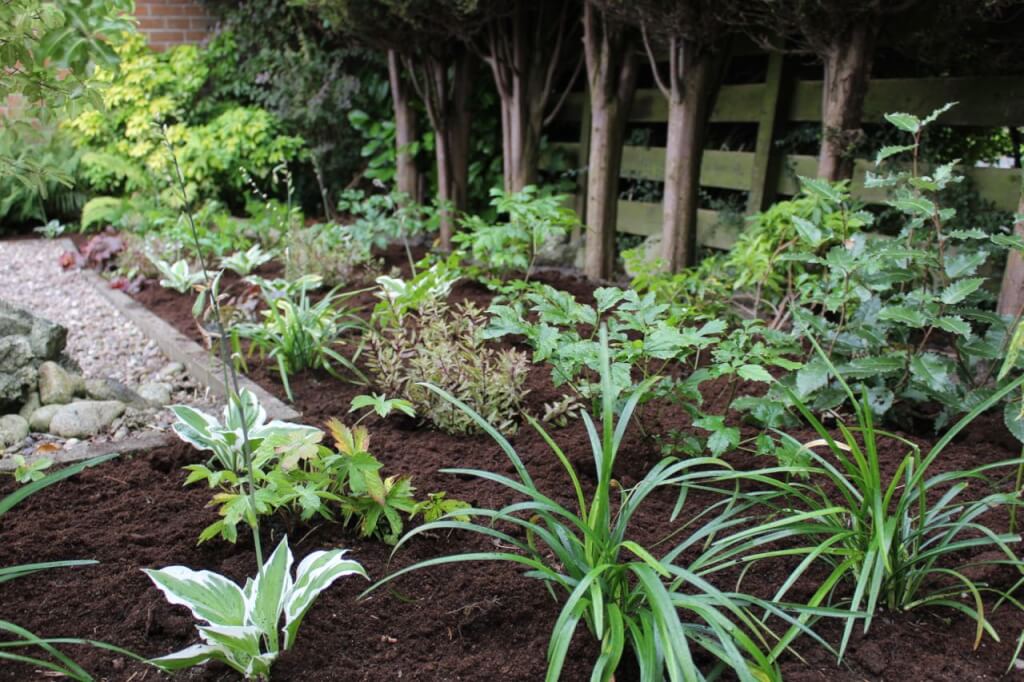
Nature is an expert at adapting and plants that live in shade are prime examples. Whilst sunlight is required to some degree for any plant to survive, build chloroplasts (cells which produce energy in plants) etc the degree of sunlight they require varies. Some shade-loving plants don't grow as quickly as say a full sun annual plant or may rely on soil nutrients more. They have evolved to adapt their development in line with the sunlight and absorption of nutrients available to them.
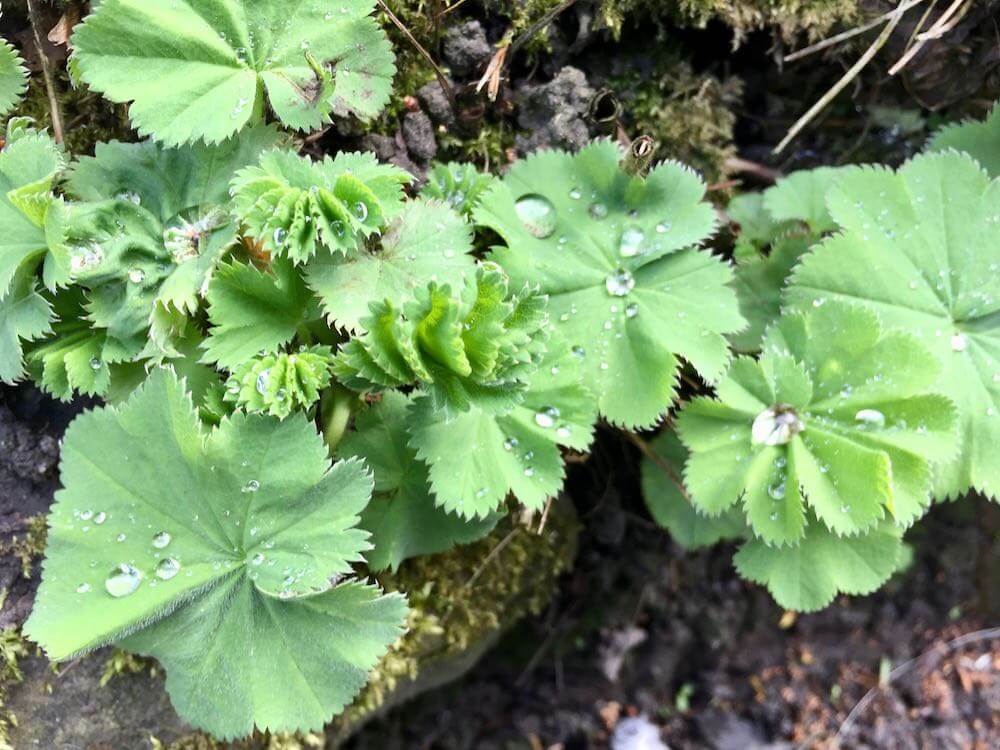
Then there are the conditions that shade-loving plants thrive in, say under a tree canopy with damper soil that is richer in nutrients from leaf mould etc than a dry arid soil type where there is maybe more competition from quick reproducing annuals or weeds. A full sun plant may not be as capable of absorbing nutrients from the soil as the sometimes broader leaf shade-loving plants such as Hostas. Quite simply, its evolution at its finest!
There is no one type of shade loving plant, in fact, there are thousands that both thrive and can simply survive in varying degrees of shade. As a garden designer though I like to stick to plants that thrive in the shade when dealing with a typical shady garden plot. The RHS website has a great plant finder tool that allows you to filter based on shade. However, there are some tried and tested winners for shady areas that I must share with you!
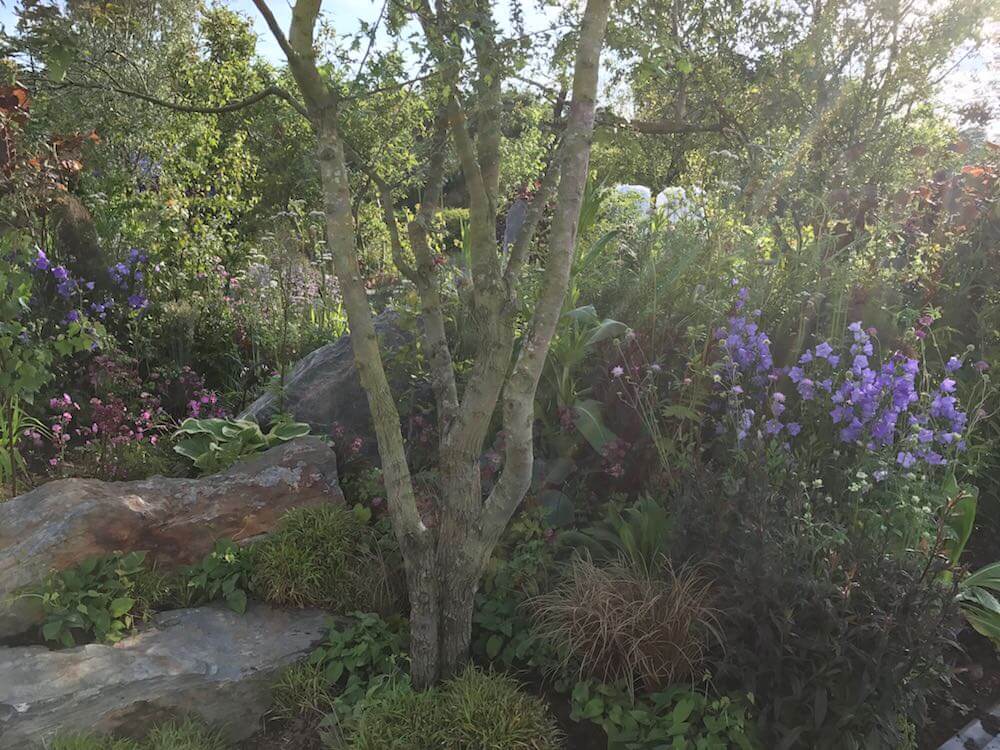
Planting for shade can be achieved with Hostas, Astilbes, Ferns, Dicentra spectabilis 'Bleeding heart' (one of my personal favourites), Pulmonaria saccharata, Hydrangea and Lamium. Which are all examples of fantastic plants that I use in shady planting schemes. This is because not only do they flower, something some anti-shade gardeners would be surprised by, but they have incredible foliage. The kind that gives lush and textured interest to your garden. Garden design and plants for shade can include great theatre and drama with such plants.
Pulmonaria (or promiscuous pulmonaria as I like to call it, as it self-seeds anywhere) has fantastic polka dot leaves and is brilliantly hardy. The polka dot leaves have a bristly texture and are really tough surviving both drought and low levels of light. It can be used really well for drifts or small pockets of garden interest.
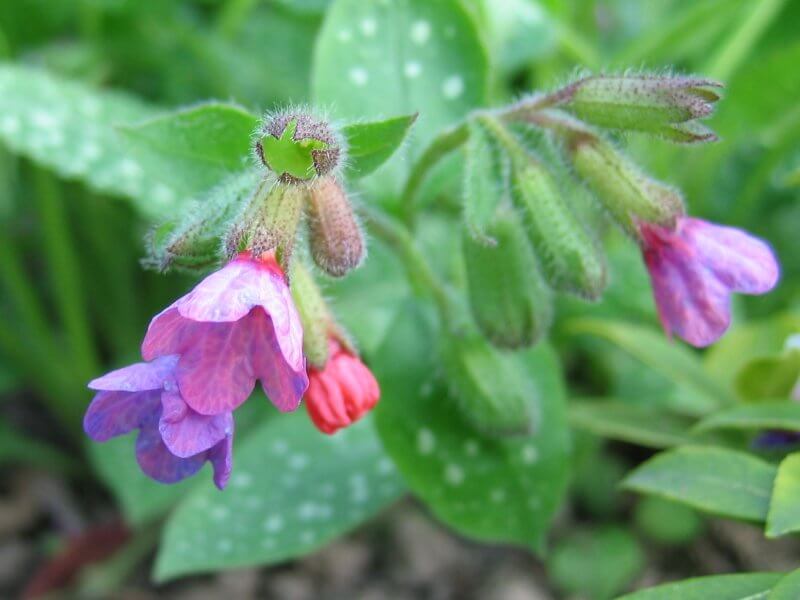
Hostas come in hundreds of varieties and have broad fleshy colour rippled leaves. Some Hostas will even flower if in the right conditions sending up stems containing tiny flowers. Below is an example of Hosta undulata at Bodnant gardens. Showing off its textured leaves and flashes of white variegation.
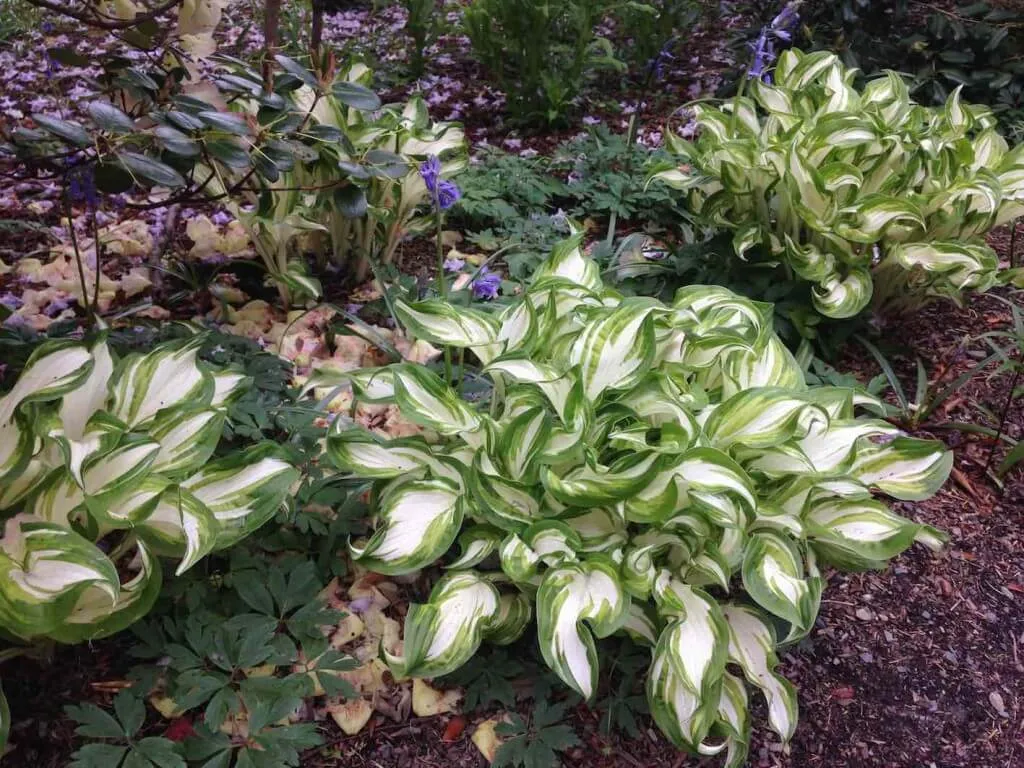
Dicentra spectabilis or 'bleeding heart' as it's more fondly known loves the shade and produces fleshy soft stems with these heart-shaped flowers that really do look like they could be bleeding. They almost look unreal when planted under a canopy or larger shrub. They originate from the poppy family cultivar called Papaveraceae. There has been some uproar over the reclassification of Dicentra spectabilis to Lamprocapnos spectabilis. I still refer to it in its original guise because I'm a creature of habit. They also are available with a white flower, white alba, which can really brighten a dark or shady garden area.
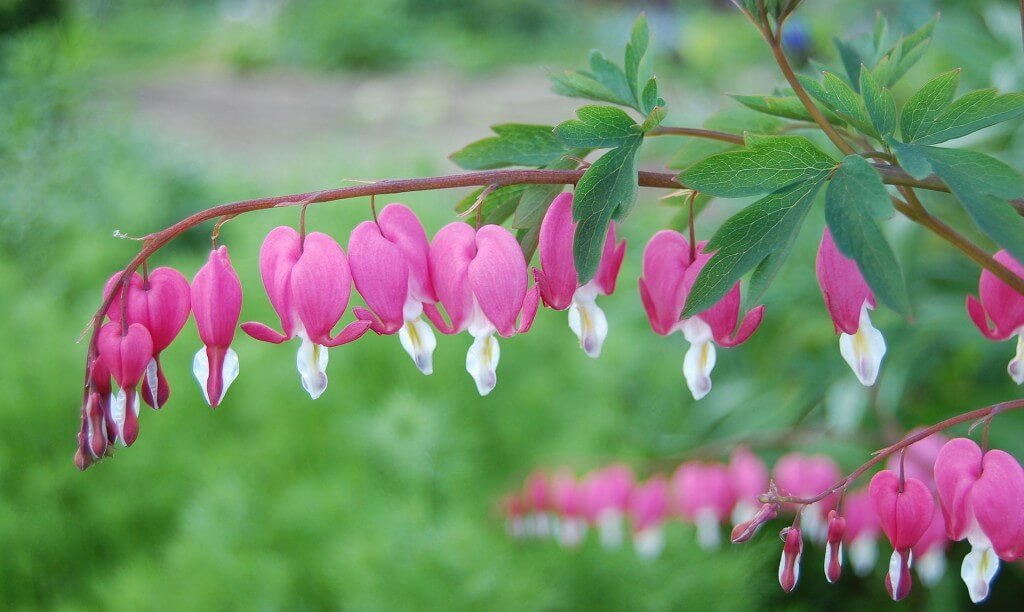
Laminum or the non-stinging nettle is also excellent as a plant for shade. It has delicate flowers, usually pink or white and variegated leaves. It's really tolerant of neglect and can take pretty much anywhere in my experience. It does have a habit of creeping but some light maintenance can usually keep it in check. The flowers are beautiful and have an irregular flower form. I often think they look similar to mini orchids.
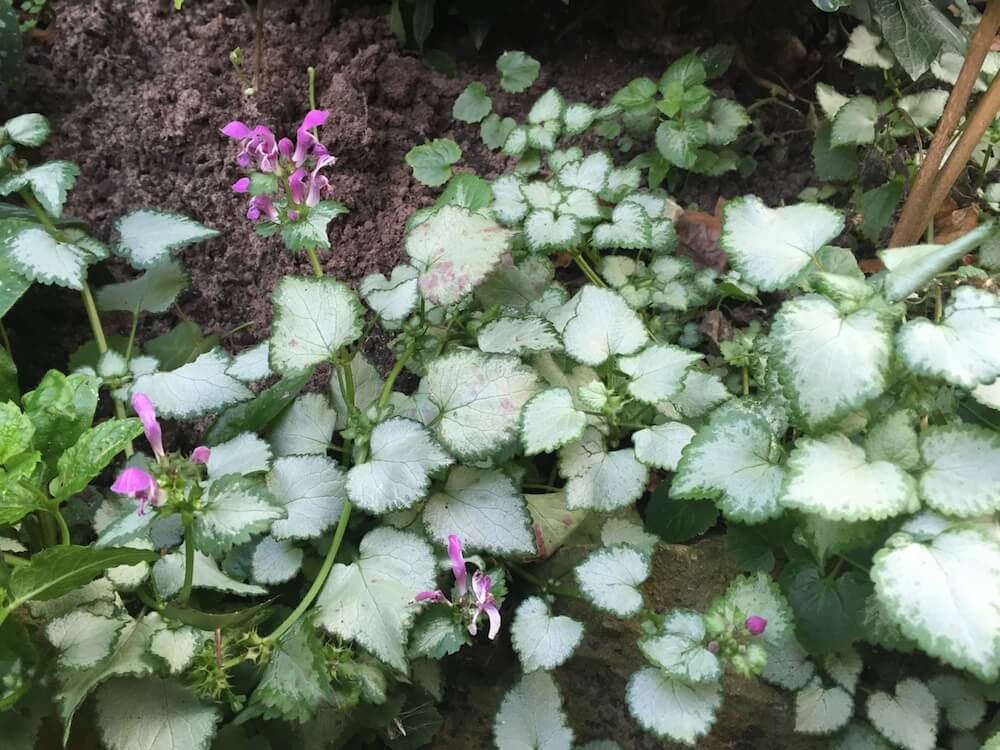
Dianella caerulea 'Little Jess' is a real tough shade loving plant. For most of the year, it has dark green blade-like leaves. This is a great plant for awkward corners of the garden. It will tolerate both damp and some shade. It sends out beautiful flowers later in the year and has all year-round colour. Liriope muscari 'Monroe White' is also a similar shade-tolerant plant.
Euphorbia is often overlooked as a plant for shade. It thrives in these conditions and has a really unusual leaf and flower pattern on it. Euphorbia can look very alien compared to other plants but I think this is where the beauty of Euphorbia lies! It adds interest and allure to your garden shady borders.
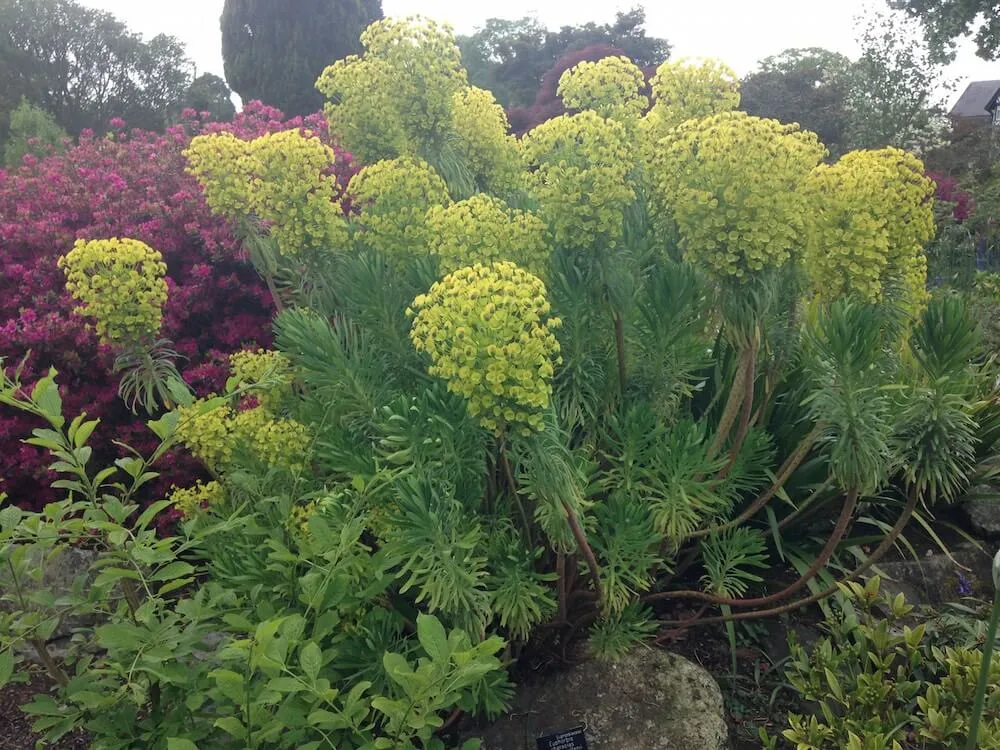
It's important to assess the level of shade your garden experiences to enable you to choose the best shade-loving plants fro your garden. Below are the three main types of shade you may be dealing with. A shady garden may have a number of these types of shade so its worthwhile making a note about what shade levels each areas receive on an average day.
These gardens will more than likely be North Facing, maybe surrounded by tall overhanging trees or adjacent buildings. The deep shade will also mean they will be drier given the fact that rain and other moisture will have a hard time reaching the lower areas. These areas also tend to be cold and dry. For these areas, the plants you choose should be full shade-loving plants, not just tolerant. eg Hostas, Ferns and Ivy.
These gardens may have some trees or buildings which as the sun moves casts shade over the garden in pockets. During the summer when the trees are in full flower the shade will be heavier but in Autumn and spring, there will be some light that gets through. These conditions are similar to woodland aspects so woodland plants ideally work best here. You need to be looking for shade-tolerant plants. Flowering plants like Primulas are best as they flower before the trees develop their leaves. Snowdrops and Anemones are also good choices.
Nearly all gardens will experience shade in parts and the partially shaded areas can be used to their best advantage. Using plants that will tolerate some shade like a hardy Geranium or Euphorbia can really liven up a shaded area.
Don't let shade in the garden put you off or limit you! Garden Ninja can design planting with shade in mind, even creating entirely shady gardens that you wouldn't believe could exist. In fact, there is a mass of shade-loving plants that still flower, produce awesome foliage and can provide textures that some full sun plants can only dream of! The client below had a really unloved area with shade. So I made the raised beds below for a shady corner of a garden backing onto a garage and drive that was looking rather sorry for itself.
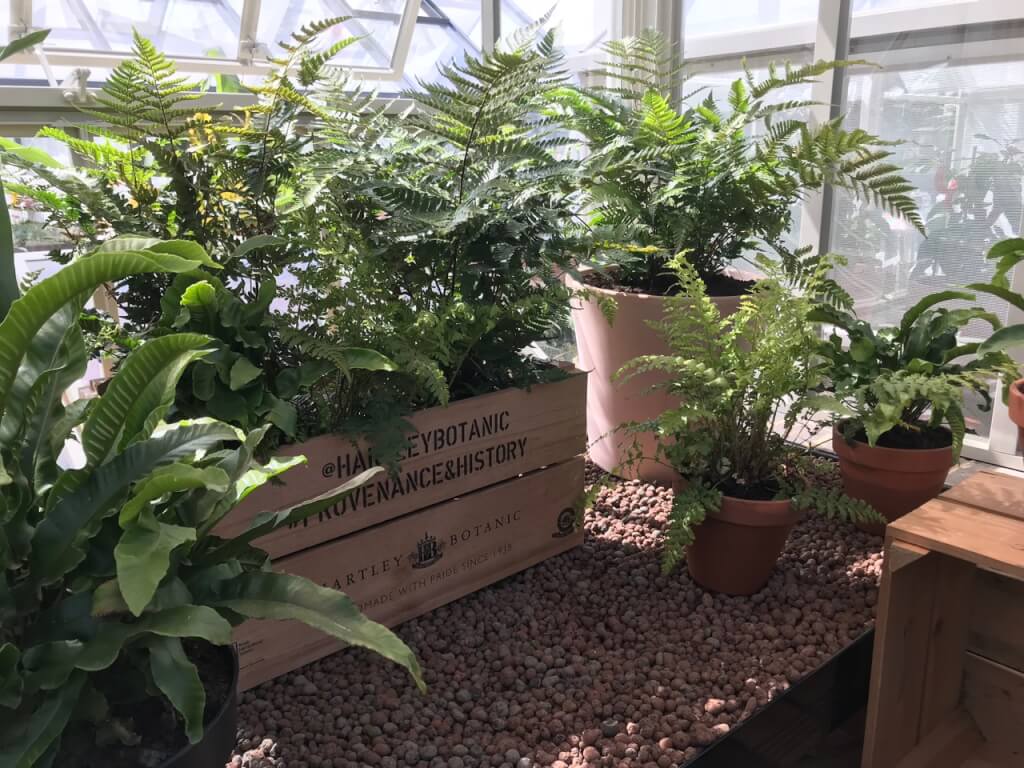
I designed two matching raised beds that could be positioned against a shady wall to provide interest not only down the side but also looking out from the conservatory.
By adding raised beds, it allowed me to provide some raised height in this area which is tarmacked and has an aspect of partial shade. This allowed me to add organic-rich matter to the soil and grow Hostas (fully shade tolerant), Miscanthus zebra (shade tolerant) and Dianella caerulea 'Little Jess' (super drought and shade tolerant clump-forming winner!). Using raised beds I could break up some of the tarmac and dead space to create interest and a prime spot for planting shade-loving plants. This allowed me to turn an unused space into an extension of the garden.
Need more help with shaded gardens? If so why not Tweet, Facebook or Instagram me with your pictures! You can also follow me on Youtube where I’ve got plenty of garden guide vlogs. Garden Ninja will get back to you or get in touch to help with your shade drama!


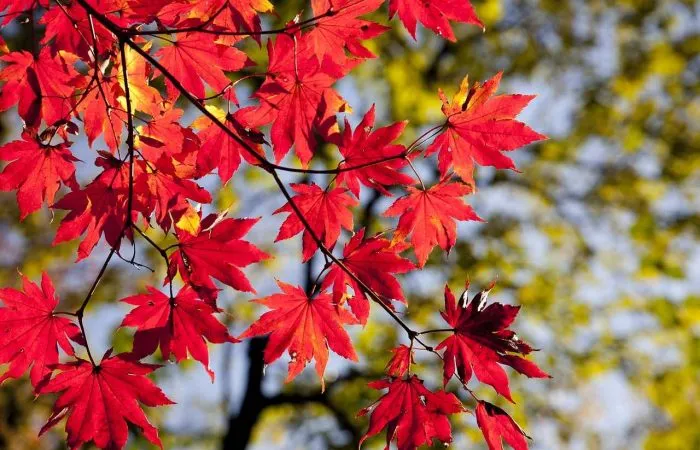
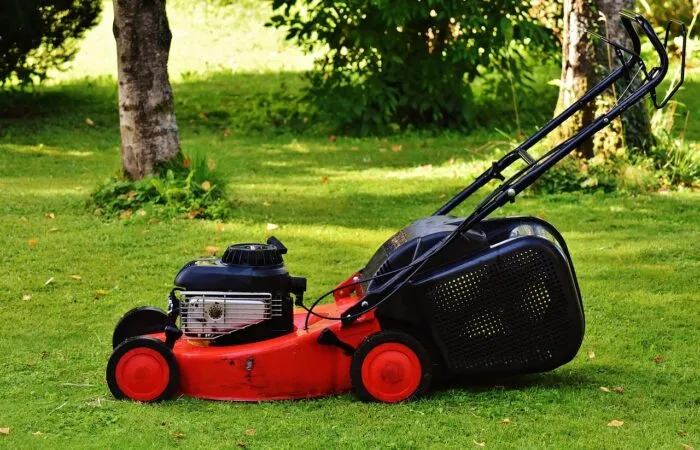
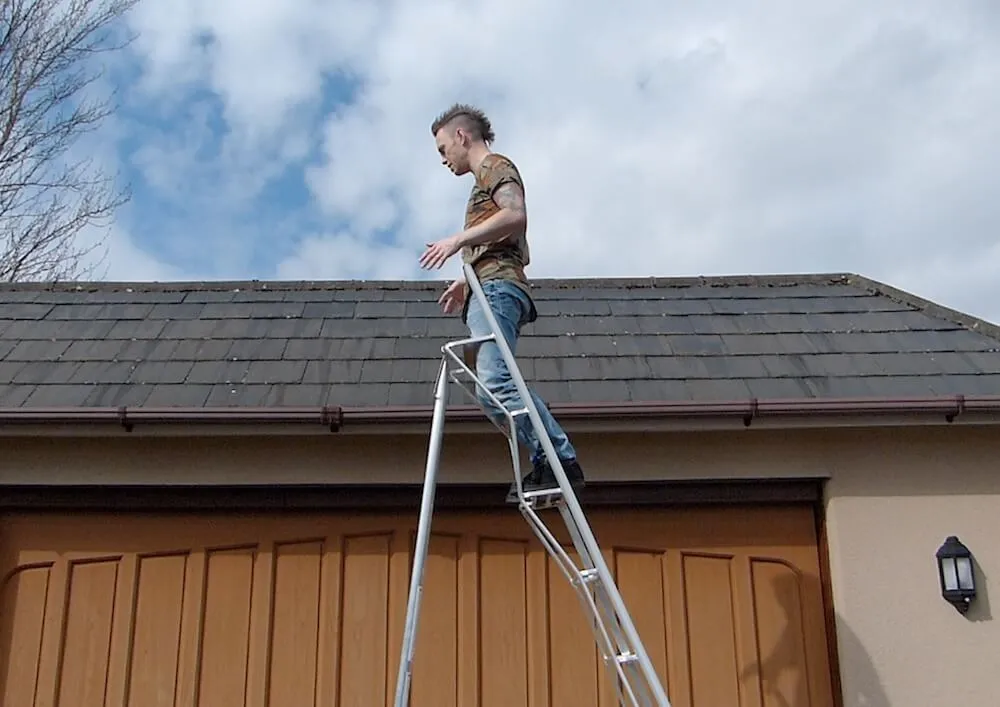
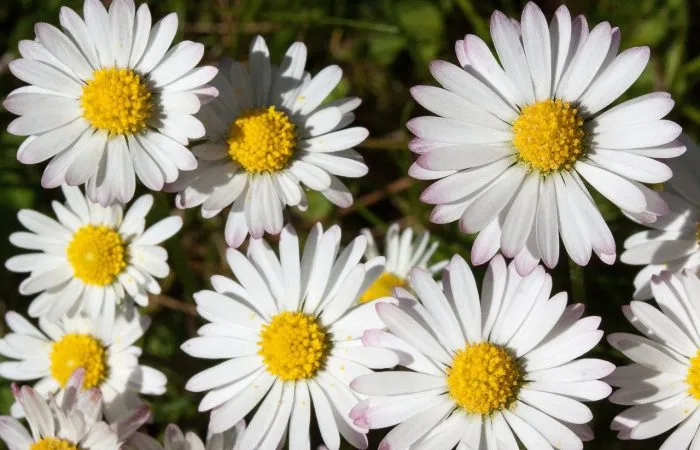


JOIN THE NINJAS
Join our Ninja community for extra guides & Discount Codes for Online Garden Courses!